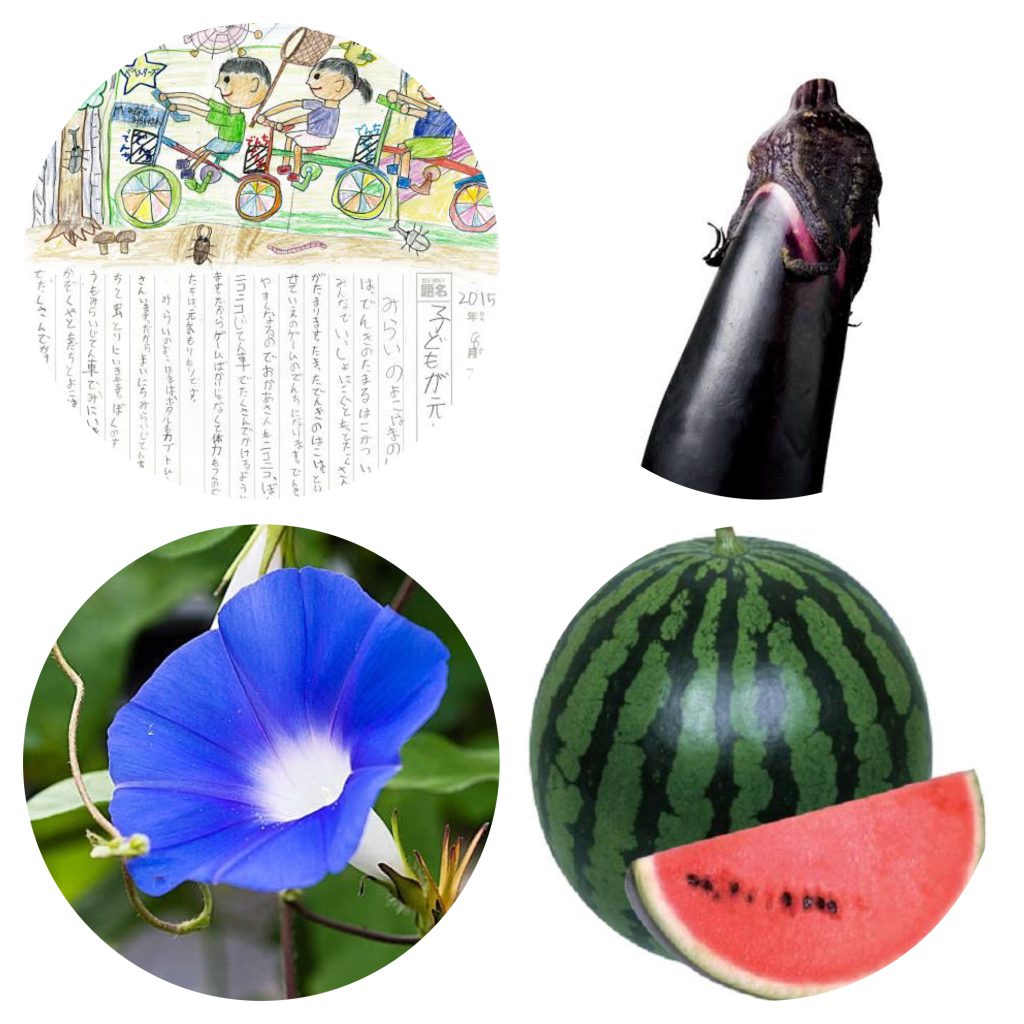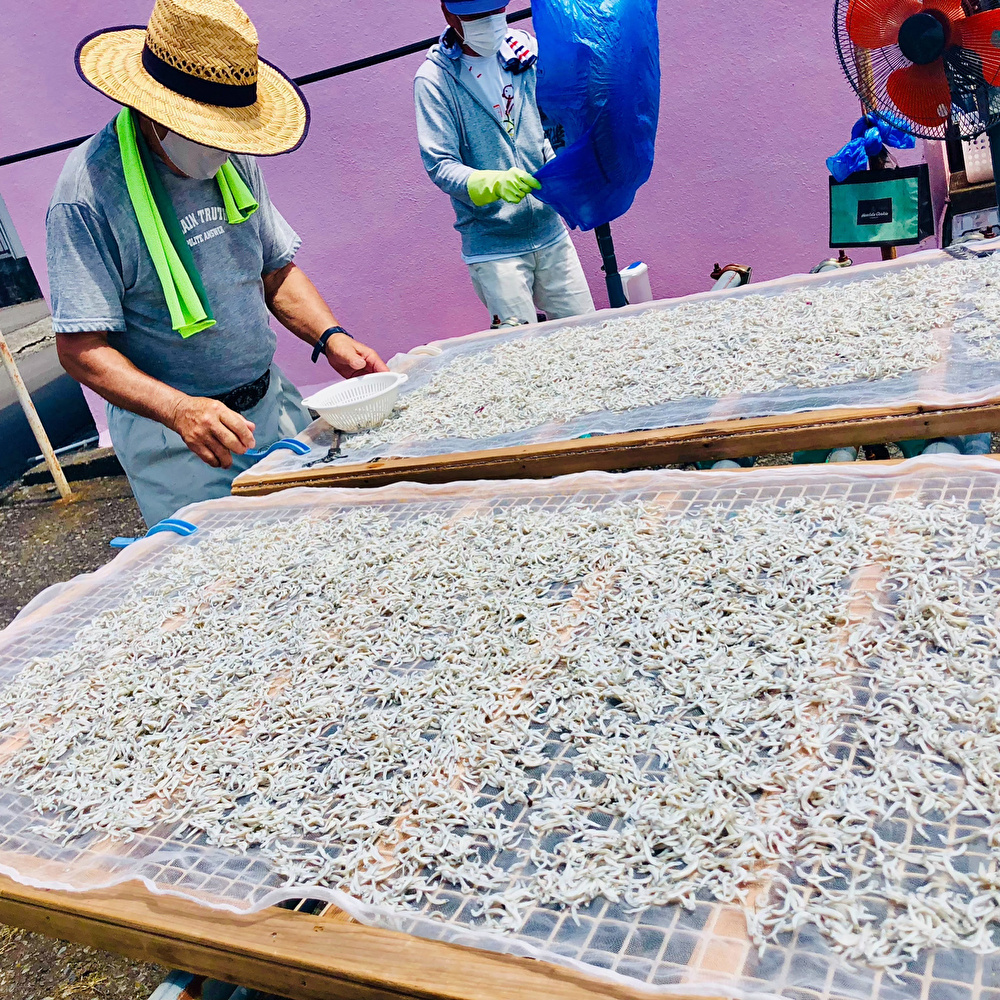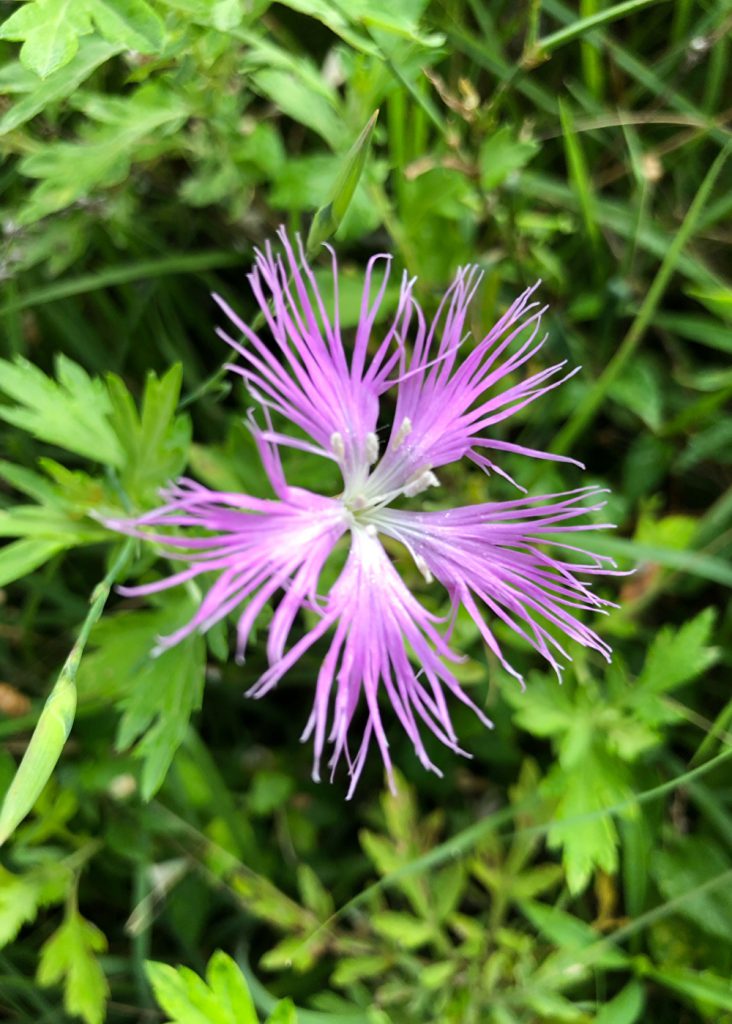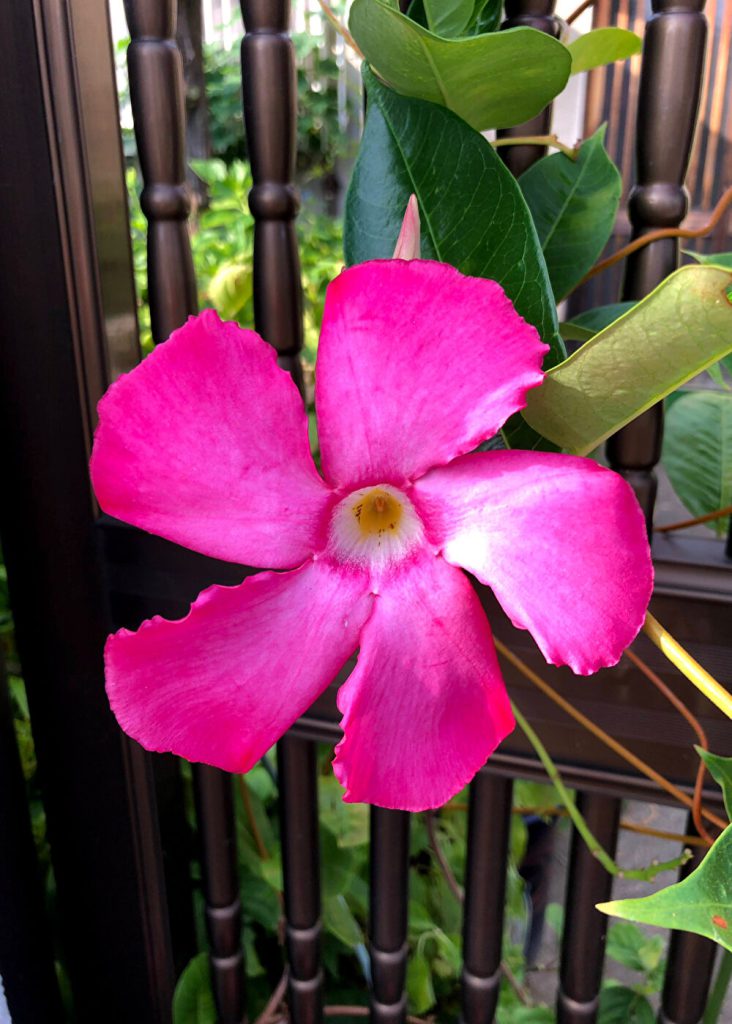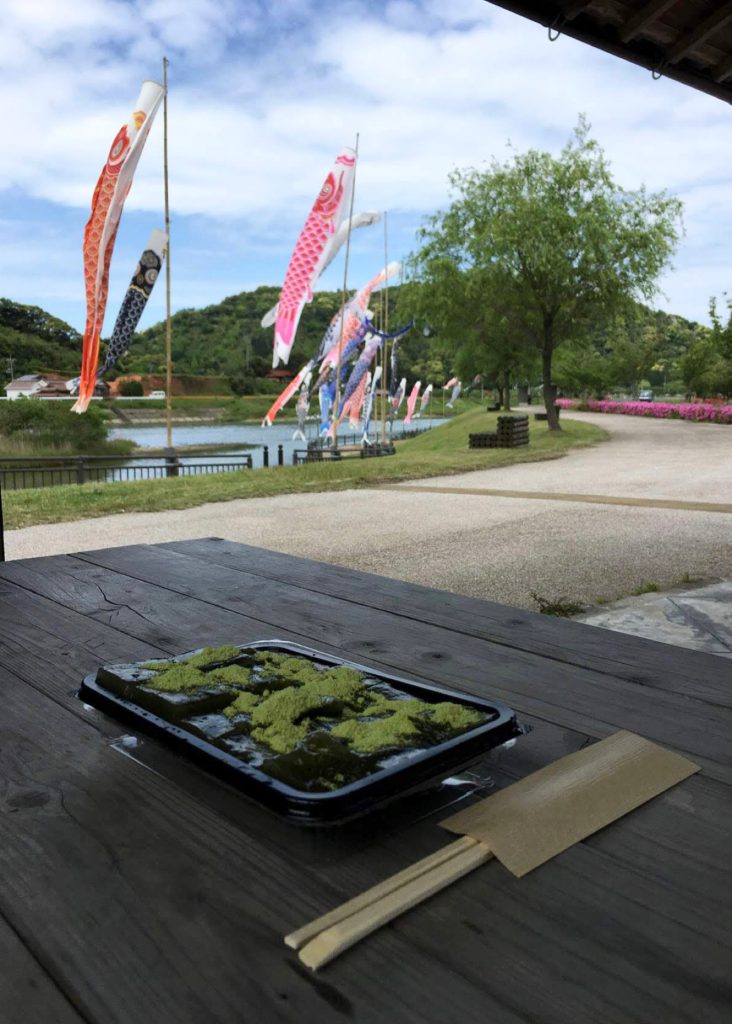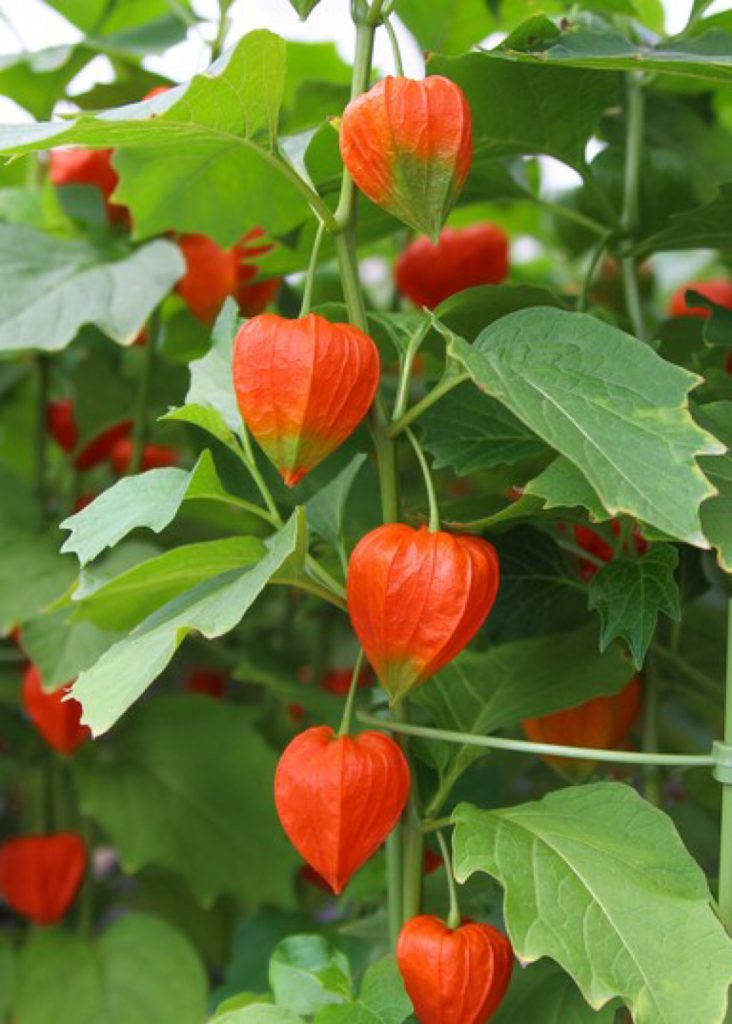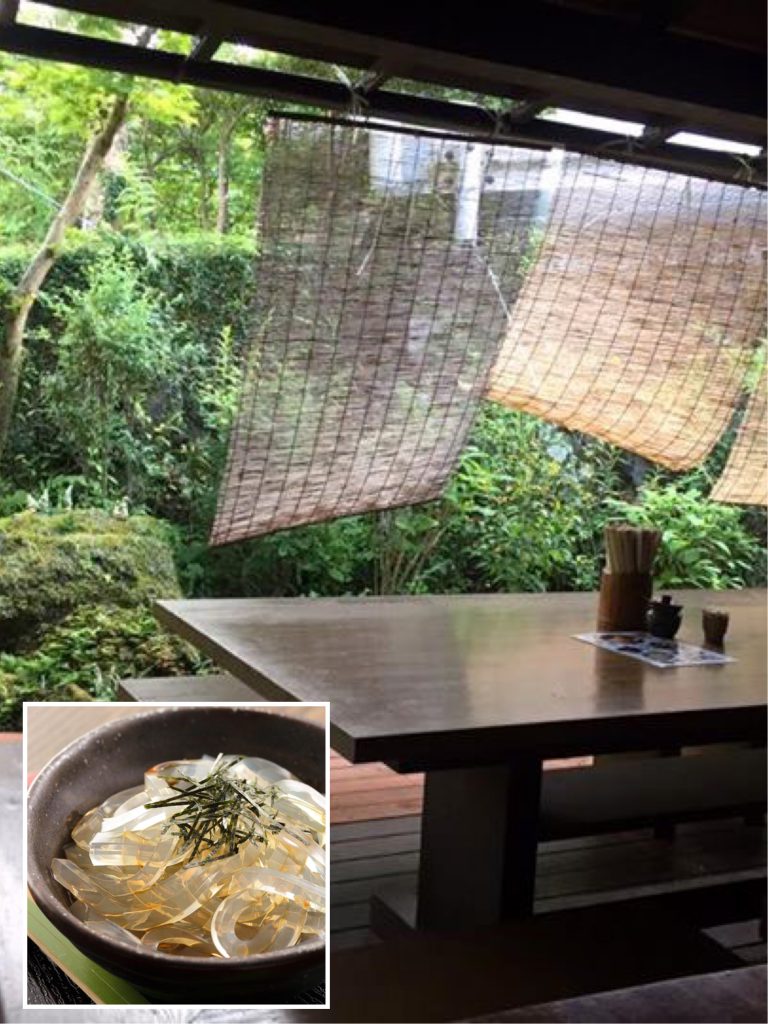
Once upon a time, the question, “Why do we feel cool when we hear the sound of wind chimes?”, was taken up in NHK’s popular program “Chico will scold you!”. The temperature is originally sensed by the temperature nerve cells on the surface of the skin and conveyed to the brain to feel hot or cool. But there is no connection between hearing and temperature neurons. The reason why we feel cool when we hear the sound of the wind chime is due to the conditioned reflex of “The wind chime rings → The wind blows → It’s cool.” This is a conditional reflex that is unique to the Japanese, and is based on experience accumulated over many years. By the way, when foreigners hear the sound of wind chimes, they hear it as noise, feel hot, and their body temperature actually rises. It is also a psychological phenomenon called “selective attention” that the sound of wind chimes stands out in a continuous chorus of cicadas and the continuous chorus of cicadas seems to recede. The Japanese have skillfully used these psychological phenomena to survive this hot summer.
NHKの人気番組『チコちゃんに叱られる!』でいつだったか、「風鈴の音を聞くと涼しく感じるのはなぜ?」という問題が取り上げられたことがあります。温度は本来皮膚表面にある温度神経細胞が感知して脳に伝える事で熱いや涼しいと感じます。しかし聴覚と温度神経細胞はなんの繋がりもありません。風鈴の音を聞いて涼しく感じるのは、「風鈴が鳴る→風が吹いている → 涼しい」という条件反射によるのです。これは日本人独特の条件反射で、長年積み上げられてきた経験知に基づきます。因みに、外国人が風鈴の音を聞いたら、雑音に聞こえ、暑苦しく感じ、実際に体温も上がるそうです。蝉時雨の中で風鈴の音が際立って聞こえ、蝉時雨の音が遠ざかるように聞こえるのも、「選択的注意」と呼ばれる心理現象です。日本人はこれらの心理現象を巧みに利用して、この暑い夏を乗り切ってきたのですね。


